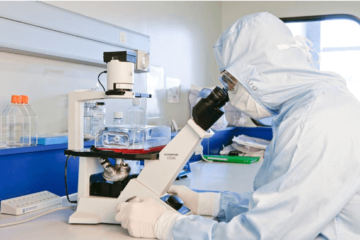COVID-19 and Neurological Damage: 干细胞治疗的作用
**COVID-19 and Neurological Damage: Exploring Stem Cell Therapy’s Potential**
COVID-19’s impact on the nervous system has raised concerns about long-term neurological damage. This article delves into the role of stem cell therapy as a promising approach for repairing damaged neural tissue and restoring neurological function in COVID-19 patients.








